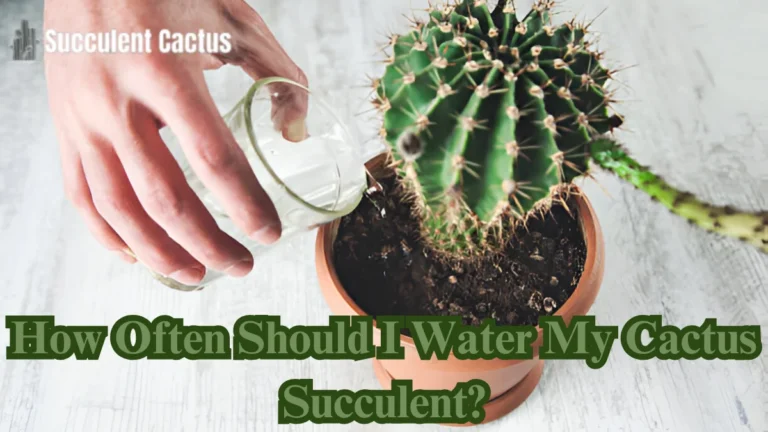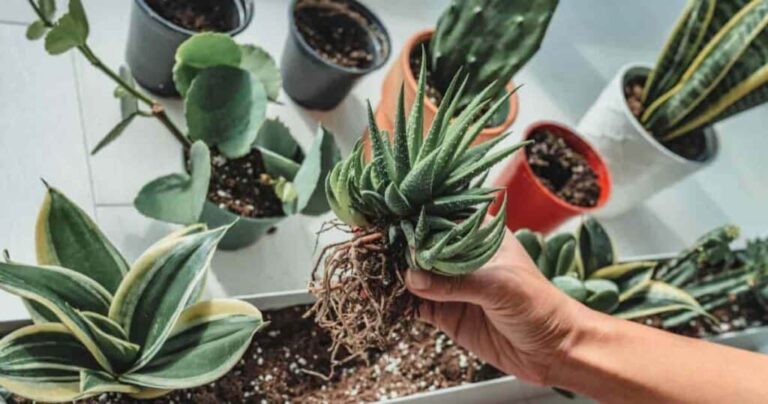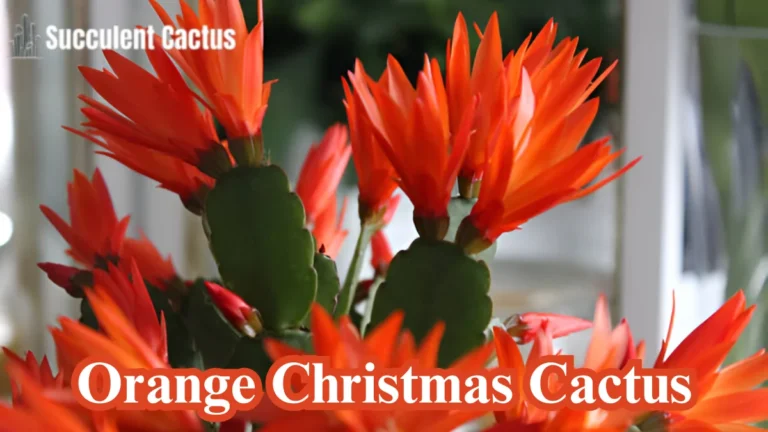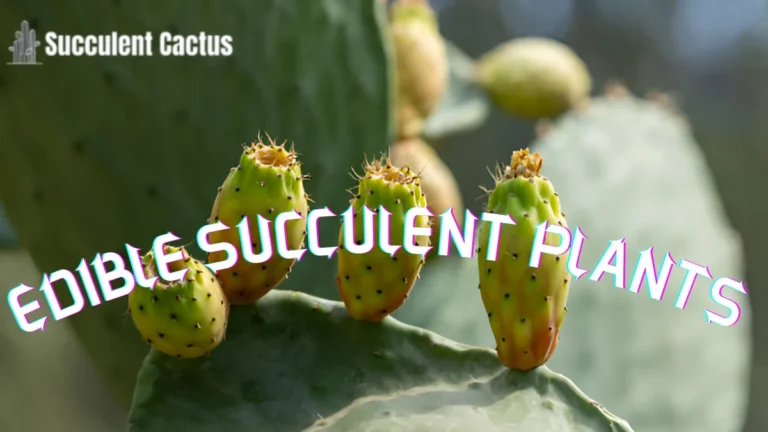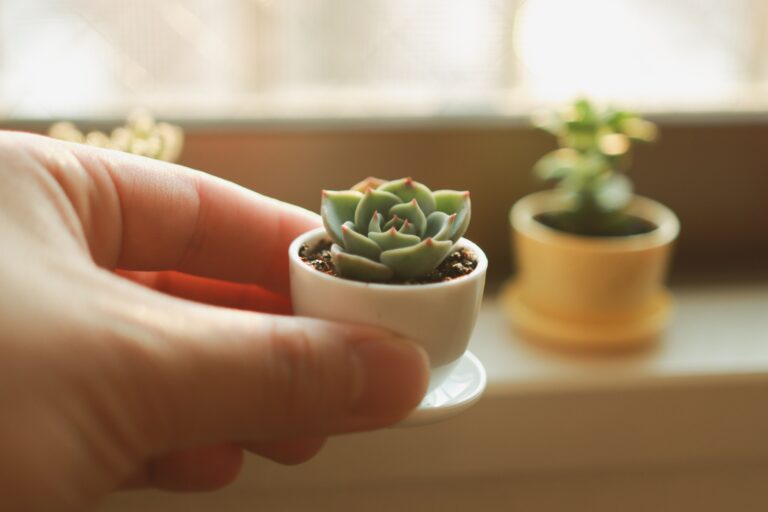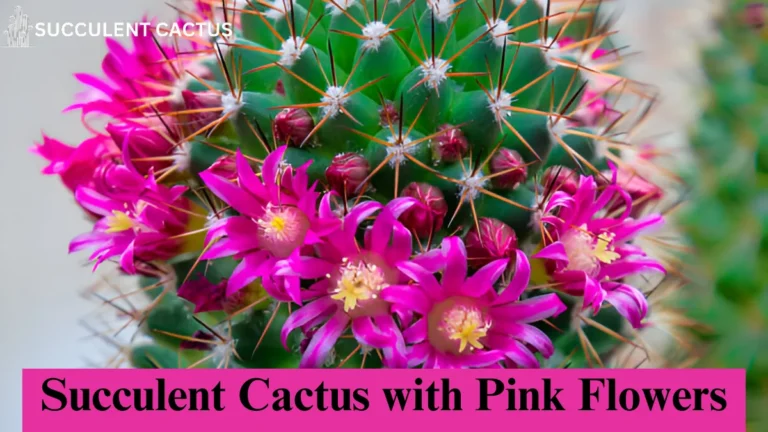Flat Cactus: Unique Varieties and Care Tips for Your Plant Collection
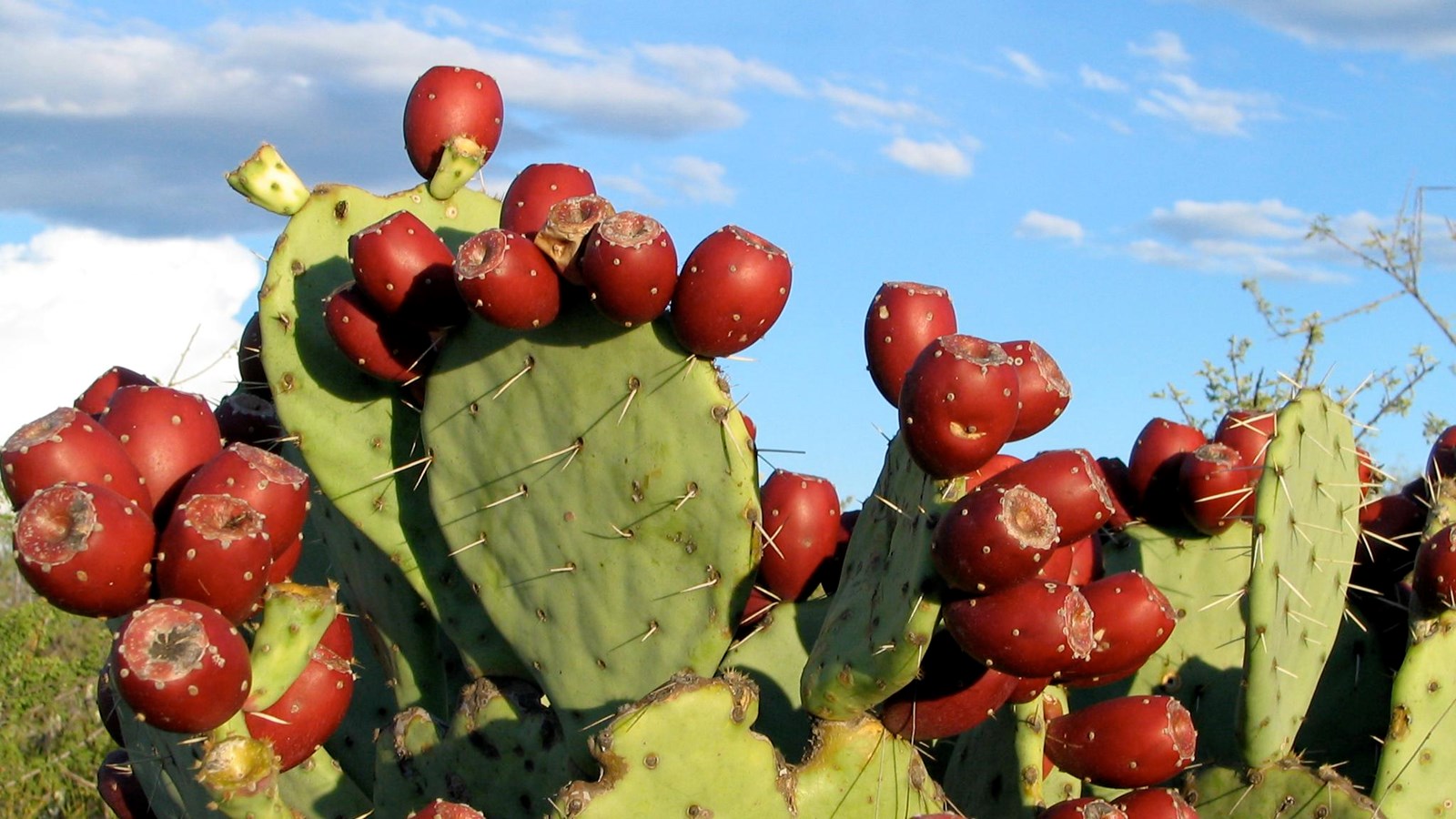
The world of cacti is incredibly diverse, and among the many types of cacti, the Flat Cactus stands out due to its distinct shape and ease of care. These cacti, characterized by their flat, pad-like leaves, are a favorite among plant collectors for their unique look and low-maintenance nature. In this article, we will explore the various Flat Cactus species, their unique characteristics, and essential care tips that will ensure your Flat Cactus thrives in your home or garden. Whether you’re new to the world of cacti or an experienced gardener, this guide will help you understand how to care for and grow these fascinating plants.
What is a Flat Cactus?
A Flat Cactus is a type of cactus that features flat, broad pads instead of the typical cylindrical or columnar structure found in many other cacti. These pads are often thick and fleshy, serving as water-storage structures that help the cactus survive in arid environments. Flat Cactus species come in a variety of shapes, sizes, and colors, and they are typically more spread out rather than growing in a tall, upright form.
Unlike other cacti that have spines or needles all over their bodies, many Flat Cactus varieties have smaller, less prominent spines or none at all. This makes them easier to handle and perfect for beginners.
Popular Varieties of Flat Cactus
Several Flat Cactus species are popular among collectors and gardeners. Each variety has its own unique features and care requirements, but all share the signature flat pad-like structure.
1. Prickly Pear Cactus (Opuntia)
The Prickly Pear is one of the most well-known types of Flat Cactus. It has flat, paddle-shaped pads that grow in clusters. This cactus species is native to North and South America and comes in a variety of colors, from green to purple, depending on the species and environmental conditions. Some Prickly Pear species produce beautiful, vibrant flowers, followed by edible fruit known as “tunas.”
Prickly Pears are relatively easy to care for, making them a great choice for both beginner and experienced gardeners. They thrive in sunny locations with well-draining soil.
2. Bunny Ear Cactus (Opuntia microdasys)
The Bunny Ear Cactus, named for its resemblance to a bunny’s ears, is a small Flat Cactus variety that is perfect for indoor or outdoor gardens. This cactus features two large, flat pads and is covered in tiny, hair-like spines called glochids, which can be quite irritating if touched. Despite this, the Bunny Ear Cactus is popular for its unique appearance and easy care requirements.
3. Nopal Cactus (Opuntia ficus-indica)
The Nopal Cactus is another variety of Flat Cactus commonly found in Mexico and Central America. It has large, flat pads that are often used in cooking. Nopal is prized for its edible pads, which are commonly found in dishes like salads and tacos. This cactus can grow quite large, making it a stunning feature in any garden.
4. Santa Rita Cactus (Opuntia santa-rita)
The Santa Rita is a distinctive Flat Cactus variety, known for its striking purple pads. It’s an eye-catching cactus that does well in arid, desert-like conditions. The Santa Rita Cactus is a bit more frost-sensitive than some other cacti, so it may require special care in colder climates.
5. Flat-Leaf Prickly Pear (Opuntia ellisiana)
This Flat Cactus is characterized by its wide, flat pads that grow in a sprawling pattern. It’s commonly found in the deserts of the southwestern United States and northern Mexico. The Flat-Leaf Prickly Pear is drought-tolerant and produces bright yellow flowers in the spring and summer.
How to Care for Your Flat Cactus
Proper care is essential for ensuring that your Flat Cactus thrives and grows healthily. These cacti are relatively easy to care for, but they still have specific needs that must be met. Below, we’ll outline some of the key factors in caring for your Flat Cactus.
1. Light Requirements
Like most cacti, Flat Cactus varieties need a lot of sunlight to grow well. Ideally, they should be placed in a location where they can receive at least six hours of direct sunlight each day. If you are growing your Flat Cactus indoors, make sure to place it near a south- or west-facing window.
2. Watering
One of the most common mistakes people make when caring for a Flat Cactus is overwatering. Cacti are adapted to dry, arid environments, so they don’t require frequent watering. Water your Flat Cactus deeply, but allow the soil to dry completely between waterings. During the winter months, your cactus will need even less water as it enters a dormant period.
3. Soil
Good drainage is crucial for cacti, including Flat Cactus varieties. Plant your cactus in a well-draining soil mix, such as cactus or succulent soil, which contains sand or perlite. This ensures that water doesn’t pool around the roots, which can lead to root rot.
4. Temperature and Humidity
Flat Cactus varieties thrive in warm, dry conditions. They prefer temperatures between 60°F and 85°F (16°C to 29°C) and do best in low-humidity environments. If growing your cactus indoors, avoid placing it in areas with high humidity, such as bathrooms, as this can cause the cactus to rot.
5. Fertilizing
Although Flat Cactus plants are low-maintenance, they can benefit from occasional fertilization during the growing season (spring and summer). Use a diluted, balanced cactus fertilizer once a month to promote healthy growth. Avoid fertilizing during the winter months, as the cactus will be dormant.
Common Issues and How to Solve Them
While Flat Cactus varieties are relatively easy to care for, they can still encounter a few problems. Here are some common issues and how to solve them.
1. Overwatering
Overwatering is a common issue for many cacti, including Flat Cacti varieties. Symptoms of overwatering include yellowing or mushy pads, as well as root rot. To prevent overwatering, allow the soil to dry out completely between waterings, and always make sure your pot has good drainage.
2. Pests
Although Flat Cacti varieties are generally resistant to pests, they can occasionally attract mealybugs, scale insects, or aphids. If you notice small, discolored spots on your cactus or a sticky residue on the pads, inspect the plant for pests. Use a cotton swab dipped in rubbing alcohol to remove any insects or treat the plant with an insecticidal soap.
3. Etiolation
Etiolation occurs when a cactus does not receive enough sunlight and begins to stretch and grow thin. If you notice your Flat Cacti becoming leggy or elongated, move it to a brighter location where it can receive more sunlight.
Propagation of Flat Cactus
If you want to grow more Flat Cacti plants, propagation is a simple and rewarding process. Most Flat Cacti varieties can be propagated from pads or segments.
1. Pad Cuttings
To propagate your Flat Cacti, carefully cut a healthy pad from the plant using a sharp, clean knife. Allow the cut surface to callous over for a few days before planting it in a shallow pot with well-draining soil. Water the cutting lightly until it establishes roots.
2. Offsets
Some Flat Cactus varieties, such as the Prickly Pear, produce small offsets or “pups” that can be separated from the main plant and repotted. Gently pull the offset from the base of the cactus and allow it to dry for a few days before planting it in a new pot.
Conclusion
Flat Cacti varieties are a unique and beautiful addition to any plant collection. With their flat, broad pads and easy-care nature, these cacti are perfect for both beginners and experienced gardeners. By providing the right amount of sunlight, water, and well-draining soil, you can ensure that your Flat Cacti will thrive for years to come. Whether you’re growing a Prickly Pear or a Bunny Ear Cactus, following these care tips will help your plant flourish and remain healthy.

